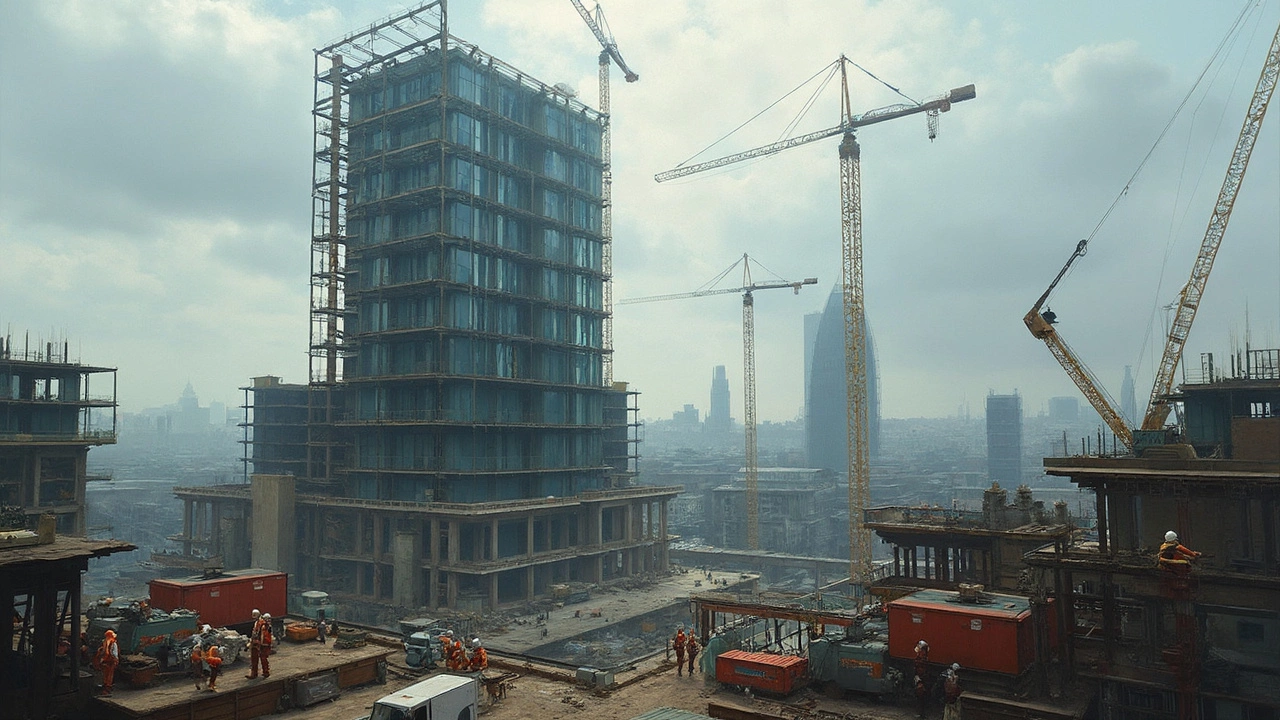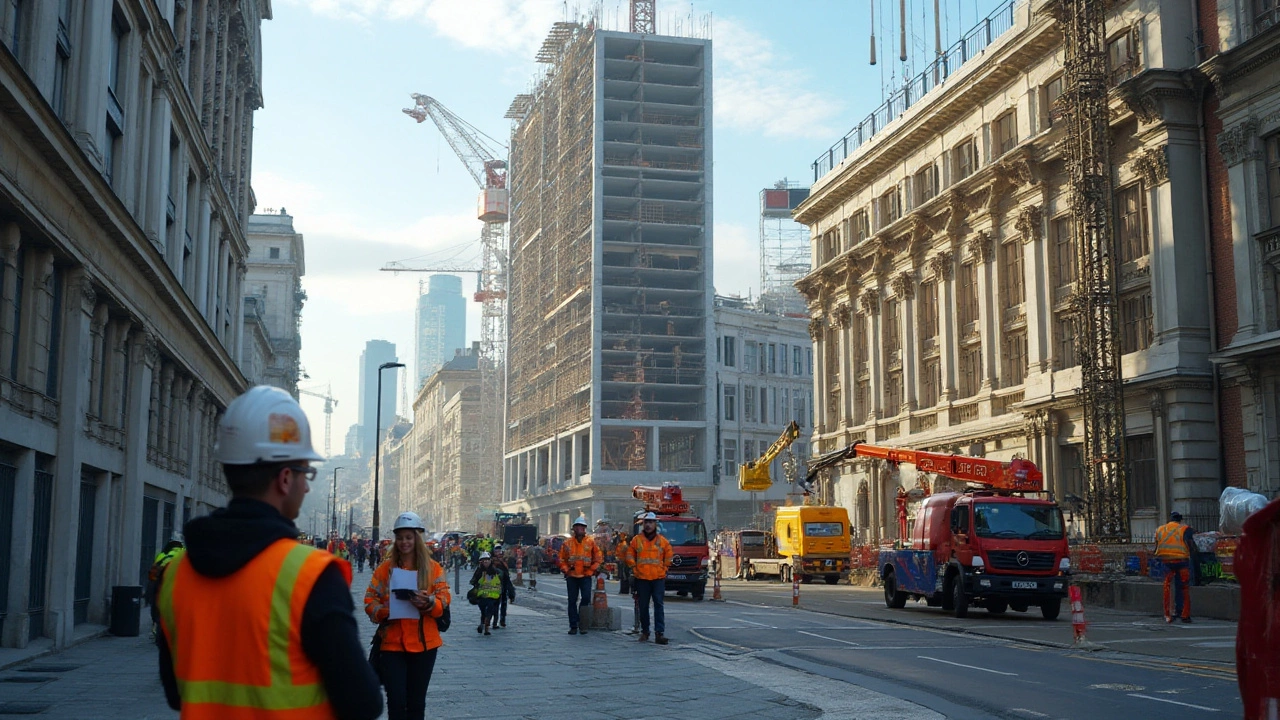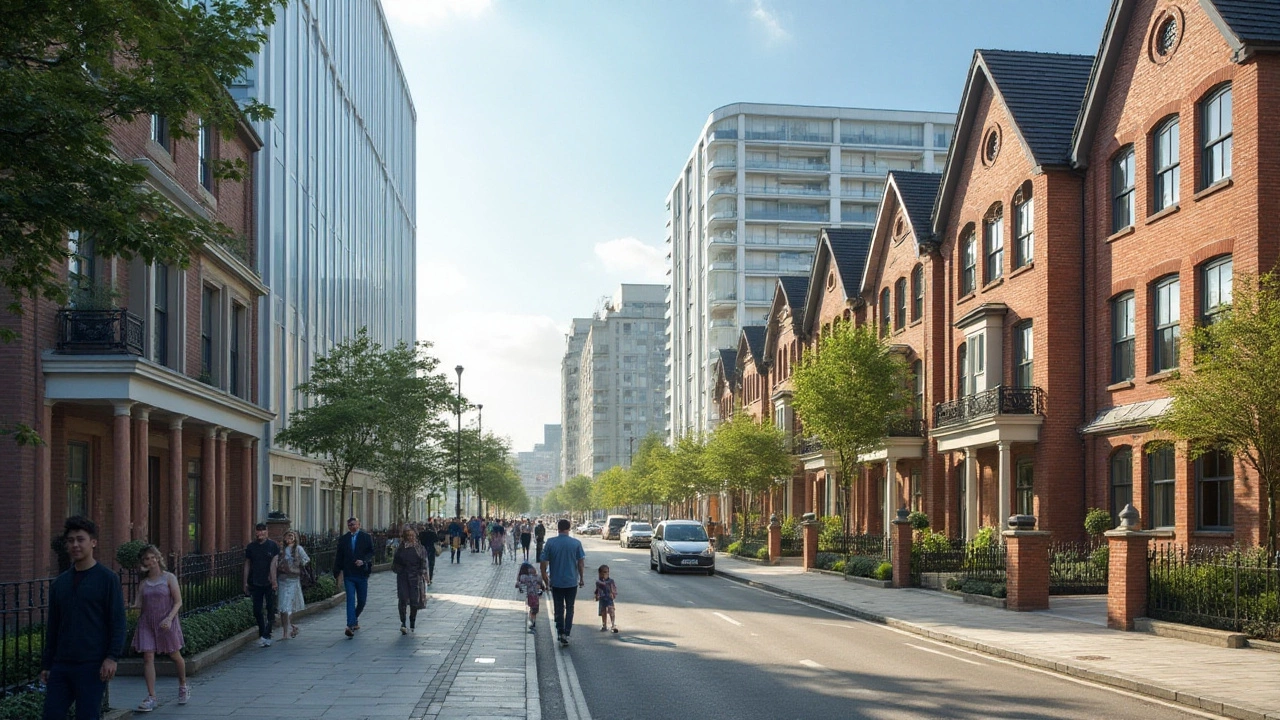Jump into the world of construction, where the differences between residential and commercial projects are not just about size and style. While home builds focus on personal needs, commercial construction deals with business functionality, regulations, and larger budgets. From the materials used to the kinds of workers involved, understanding these differences can be crucial. A savvy look into what's necessary for success in both arenas.
Building Projects: Practical Tips & Ideas for a Smooth Build
Starting a building project can feel overwhelming, but breaking it down into simple steps makes it manageable. Whether you’re adding a loft, renovating a kitchen, or erecting a new home, the right plan saves time, money, and headaches. Below you’ll find straight‑forward advice that you can apply right away.
Planning Your Build
The first thing to nail down is your goal. Write down exactly what you want – more storage, extra living space, a modern kitchen – and rank each item by importance. This list becomes your blueprint for decisions later on.
Next, check local regulations. Many projects need planning permission or building control approval. A quick call to your council can clarify what paperwork you need, saving you from costly stop‑work orders.
Set a realistic timeline. Most builds have three phases: design, construction, and finishing. Add a buffer of at least 10 % for unexpected delays like weather or material deliveries. Knowing when each step should finish helps you keep contractors accountable.
Managing Costs and Materials
Budgeting starts with a rough estimate. Use online calculators or ask a few suppliers for price ranges on key items – concrete, timber, tiles. Remember to include hidden costs such as waste disposal, site security and temporary utilities.
When choosing materials, think long‑term durability. Stone and brick, for example, last decades with minimal upkeep, while cheaper alternatives may need replacement sooner. Compare life‑cycle costs rather than just the upfront price.
Get at least three quotes from reputable builders. Look beyond the bottom line: ask about warranties, payment schedules and how they handle change orders. A transparent contractor reduces surprise charges.
Finally, track every expense. A simple spreadsheet with columns for date, description, cost and receipt status keeps you in control and makes it easier to spot overruns early.
By following these steps you’ll have a clear roadmap, a solid budget and the confidence to tackle any building project. Ready to get started? Grab a notebook, list your priorities, and turn your vision into a plan you can actually follow.
Commercial use in construction encompasses a variety of building projects designed for business purposes, such as office buildings, retail spaces, hotels, and warehouses. Understanding what falls under commercial use is crucial for developers, contractors, and investors to ensure compliance with zoning laws and regulations. The article explores the characteristics that define commercial construction projects, the distinctions between commercial and residential use, and the importance of clear communication among stakeholders. By examining real-world examples and offering practical tips, the piece aims to provide valuable insights for anyone involved in the commercial construction industry.
The choice between commercial and residential construction depends on various factors including purpose, scope, and regulatory requirements. This article explores the differences and advantages of each type, helping you decide which aligns better with your goals. Learn about the distinct approaches, costs, and long-term benefits associated with both. Whether building a home or developing a commercial property, understanding the nuances can guide you in making a smart investment. Uncover expert tips to navigate this decision-making process effectively.


